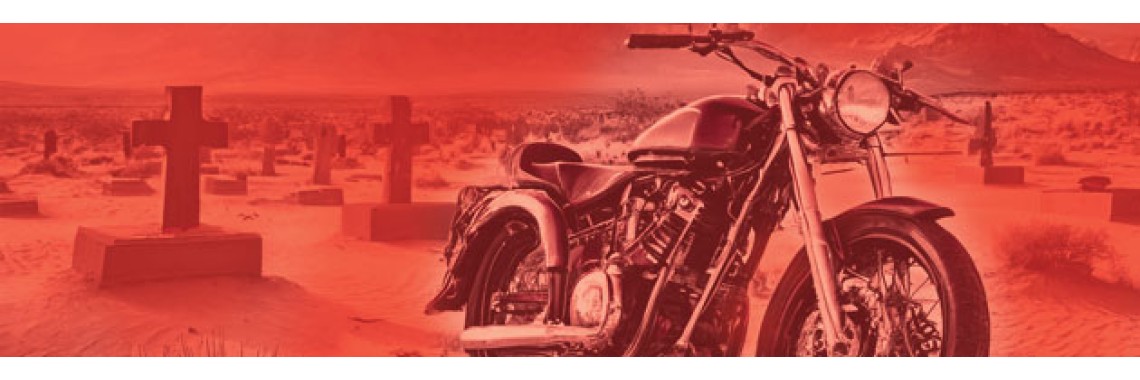Motorcycle Photography: Capturing Motion and Stillness

By Marcey - 24/03/2025 - 0 comments
Motorcycle Photography: Capturing Motion and Stillness
Motorcycle photography is an exciting blend of speed, style, and storytelling. Whether capturing a bike in motion or highlighting its intricate details in a stationary setting, the right approach can transform an ordinary shot into a dynamic, visually compelling image. Successful motorcycle photography requires a mix of technical skill, creativity, and an understanding of both the machine and the rider.
Shooting Motorcycles in Motion
Photographing a moving motorcycle presents unique challenges, but it also provides the opportunity to capture the thrill of speed and action. There are several techniques to achieve striking motion shots:
1. Panning for Speed and Motion Blur
Panning involves moving the camera in sync with the motorcycle’s movement, keeping the bike in focus while blurring the background to create a sense of speed. To master this:
- Use a shutter speed between 1/125s and 1/250s (adjust based on the bike’s speed).
- Follow the motorcycle’s movement smoothly while pressing the shutter.
- Experiment with different angles—side shots emphasize motion, while three-quarter angles add depth.
2. High-Speed Action Shots
To freeze a motorcycle in motion without blur, use a fast shutter speed (1/1000s or higher) and track the subject precisely. This is ideal for:
- Racing and stunt photography, where sharp details matter.
- Jump shots and cornering images, capturing lean angles and rider technique.
- Front-facing shots, showing an approaching motorcycle with dramatic impact.
3. Dynamic Riding Perspectives
For immersive action shots, consider:
- On-Bike Cameras – Mount a GoPro or action camera on the motorcycle for first-person views.
- Chase Shots – Shoot from a moving vehicle for a cinematic effect.
- Low Angles – Positioning the camera near the ground makes the bike look more aggressive and powerful.
Photographing Stationary Motorcycles
Static motorcycle photography focuses on design, craftsmanship, and personality. Whether shooting in a studio, garage, or outdoor setting, attention to lighting, angles, and background is key.
1. Finding the Right Location
The setting should complement the motorcycle’s style:
- Urban Backdrops – Graffiti walls, city streets, or industrial sites for a rugged, edgy look.
- Natural Landscapes – Open roads, mountains, or forests for adventure and freedom.
- Minimalist Backgrounds – Simple walls or empty spaces to highlight the bike without distractions.
2. Lighting for Depth and Drama
- Golden Hour (Sunrise & Sunset) – Soft, warm light enhances reflections and contours.
- Artificial Light – Studio setups, LED panels, or even garage lighting can create moody effects.
- Silhouettes & Shadows – Backlighting can add depth and a dramatic feel.
3. Capturing the Bike’s Best Angles
- Side Profile – Classic and clean, showing the full design.
- Three-Quarter View – Adds depth and perspective, often the most flattering.
- Close-Ups – Focus on details like engine components, handlebars, or badges.
Conclusion
Motorcycle photography blends technical expertise with artistic vision, whether capturing high-speed motion or showcasing the beauty of a stationary bike. By mastering panning techniques, dynamic angles, lighting, and composition, photographers can create powerful images that reflect the spirit of motorcycling. Whether you're shooting a roaring super-bike or a vintage cruiser parked on an open road, the key is to tell a story with every shot.
Tags: Motorcycle Photography: Capturing Motion and Stillness

Comments
Write a comment